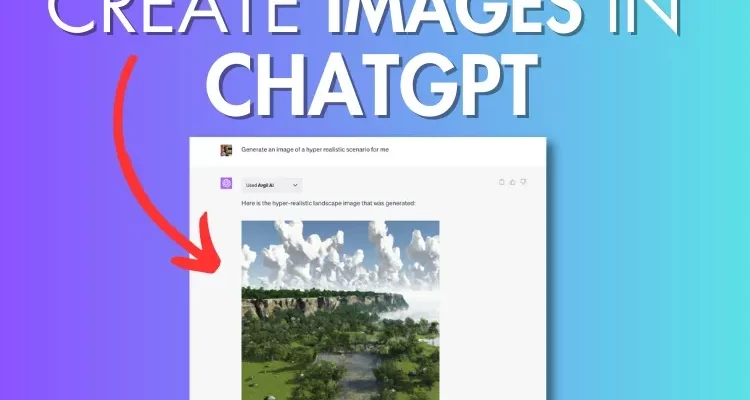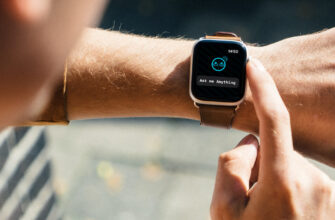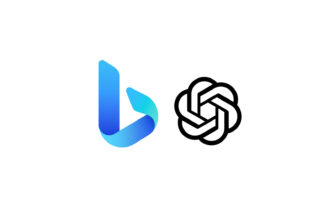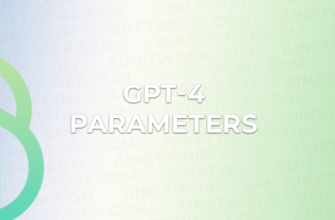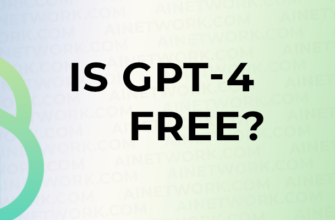In the age of artificial intelligence and advanced machine learning, ChatGPT, developed by OpenAI, has gained remarkable popularity due to its prowess in natural language processing. However, one question that often emerges is: does ChatGPT make images? Let’s delve into this topic to uncover the extent of ChatGPT’s visual capabilities.
A Brief Overview of ChatGPT
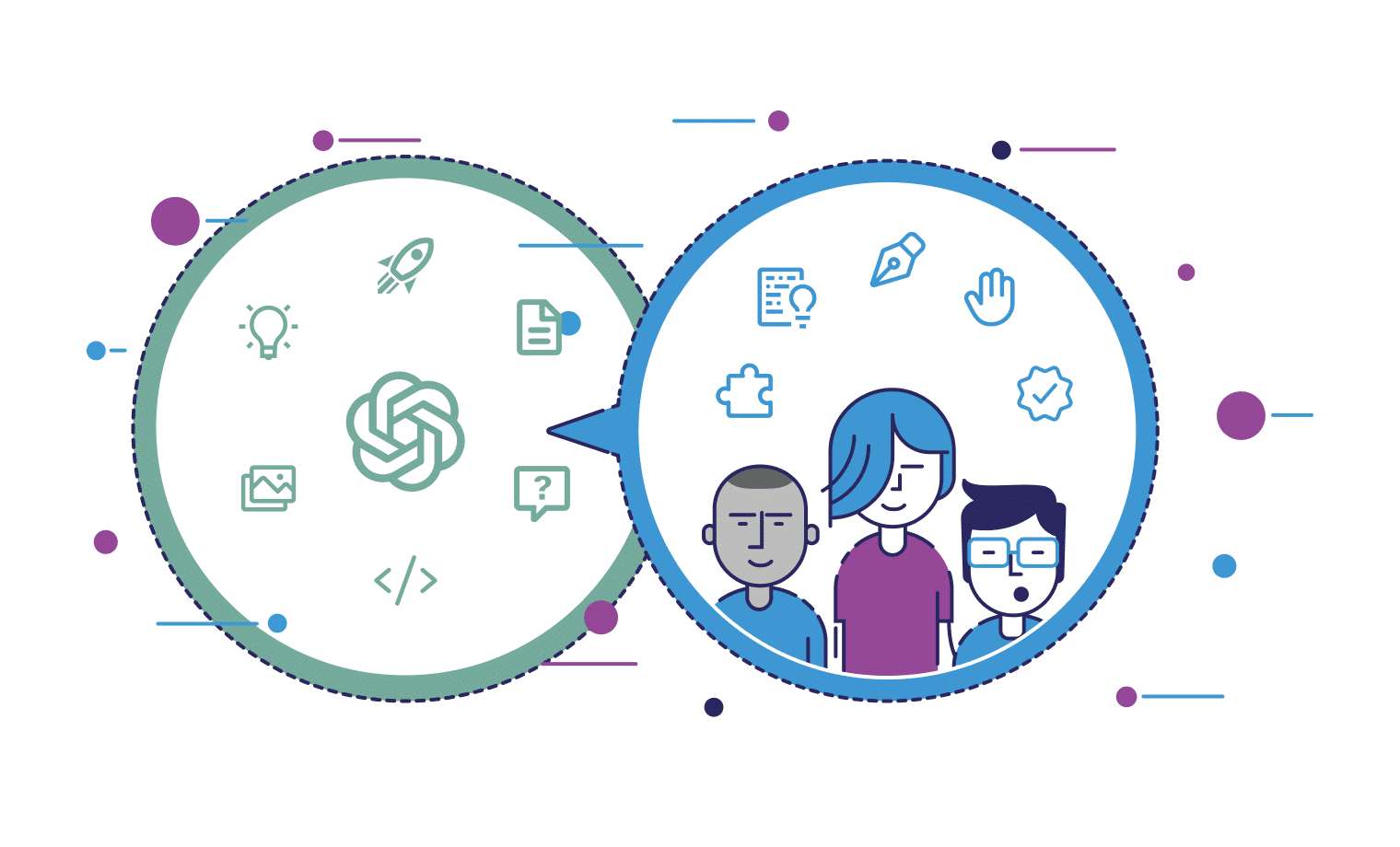
ChatGPT is built upon the GPT (Generative Pre-trained Transformer) architecture, known primarily for its ability to generate human-like text based on the massive amount of data it has been trained on. It’s an interactive version of the model tailored for conversations.
Text vs. Image Generation: A Fundamental Difference
The process of generating text and images differs fundamentally:
- Text Generation. This involves understanding and predicting sequences of words or characters. The model uses patterns and structures in language to generate coherent and contextually relevant content.
- Image Generation. Creating images requires the generation of pixel values across three color channels (Red, Green, Blue). Instead of sequences, this is about spatial patterns, colors, and shapes.
While there are models designed specifically for image generation, such as DALL·E by OpenAI, ChatGPT’s architecture was primarily designed for textual data.
Image Input Capabilities
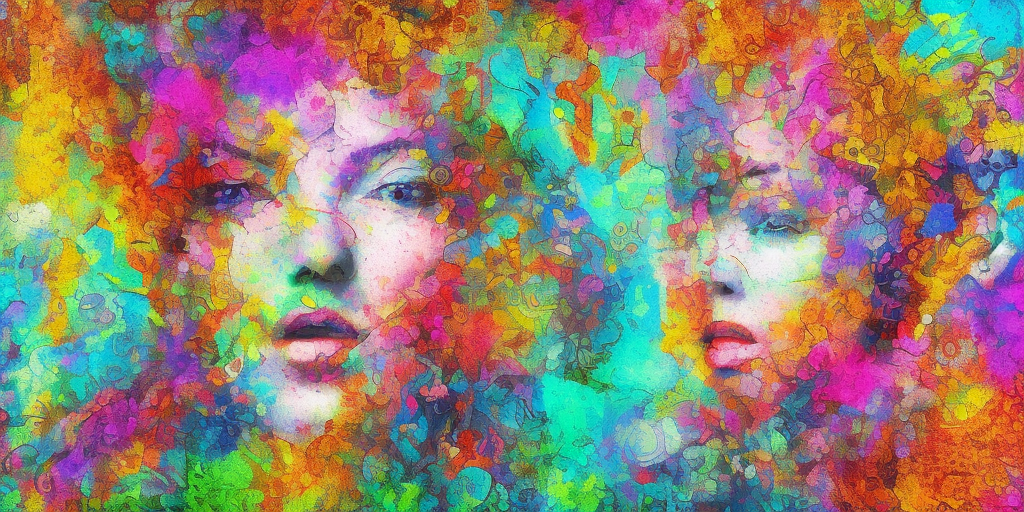
In its more advanced versions, ChatGPT acquired the capability to interpret images. Users can input images, and ChatGPT can describe, analyze, or answer questions about them. This is a substantial leap from solely being text-based.
However, interpreting an image isn’t the same as creating one. While ChatGPT can understand and discuss the content of images, it doesn’t inherently produce visual content on its own.
The Synergy between DALL·E and ChatGPT
OpenAI’s DALL·E, a sibling to ChatGPT, was specifically crafted for generating images from textual descriptions. When combined, these two models can provide a powerful experience: ChatGPT can articulate ideas, while DALL·E visualizes them.
However, the integration isn’t seamless. ChatGPT can’t internally call DALL·E to produce images. They function as separate entities, each with its own specialized purpose.
The Significance of Image Interpretation
While ChatGPT can’t generate images, the ability to interpret them is noteworthy. Some potential applications include:
- Visual Assistance. Describing images for visually impaired users.
- Education. Assisting students in understanding visual content.
- Content Analysis. Quickly analyzing and describing the content of images in large datasets.
The Limitations
ChatGPT’s image interpretation comes with limitations:
- Lack of Visual Creativity. While ChatGPT can describe an image, it can’t create or modify visual content. It won’t produce new, unique images based on user queries.
- Dependence on Training Data. ChatGPT’s interpretations are based on patterns seen during its training. It might not accurately interpret or describe novel or very unique images.
Future Prospects

The rapid development in AI suggests a future where models like ChatGPT might have more enhanced visual capabilities. They might be able to not just interpret but also create or modify images. However, as of the last update, this remains a possibility, not a reality.
Conclusion
To answer the question, “Does ChatGPT make images?”: No, ChatGPT cannot generate images. However, it can interpret them, which, in itself, is a significant stride in the AI domain. As the landscape of AI continues to evolve, the line between text and image generation might blur, opening the door to even more integrated and holistic AI experiences.
The journey of ChatGPT, from a text-only model to one that can interpret images, exemplifies the rapid and dynamic evolution of AI. It beckons us to stay curious and expectant of the future possibilities in this ever-evolving field.

